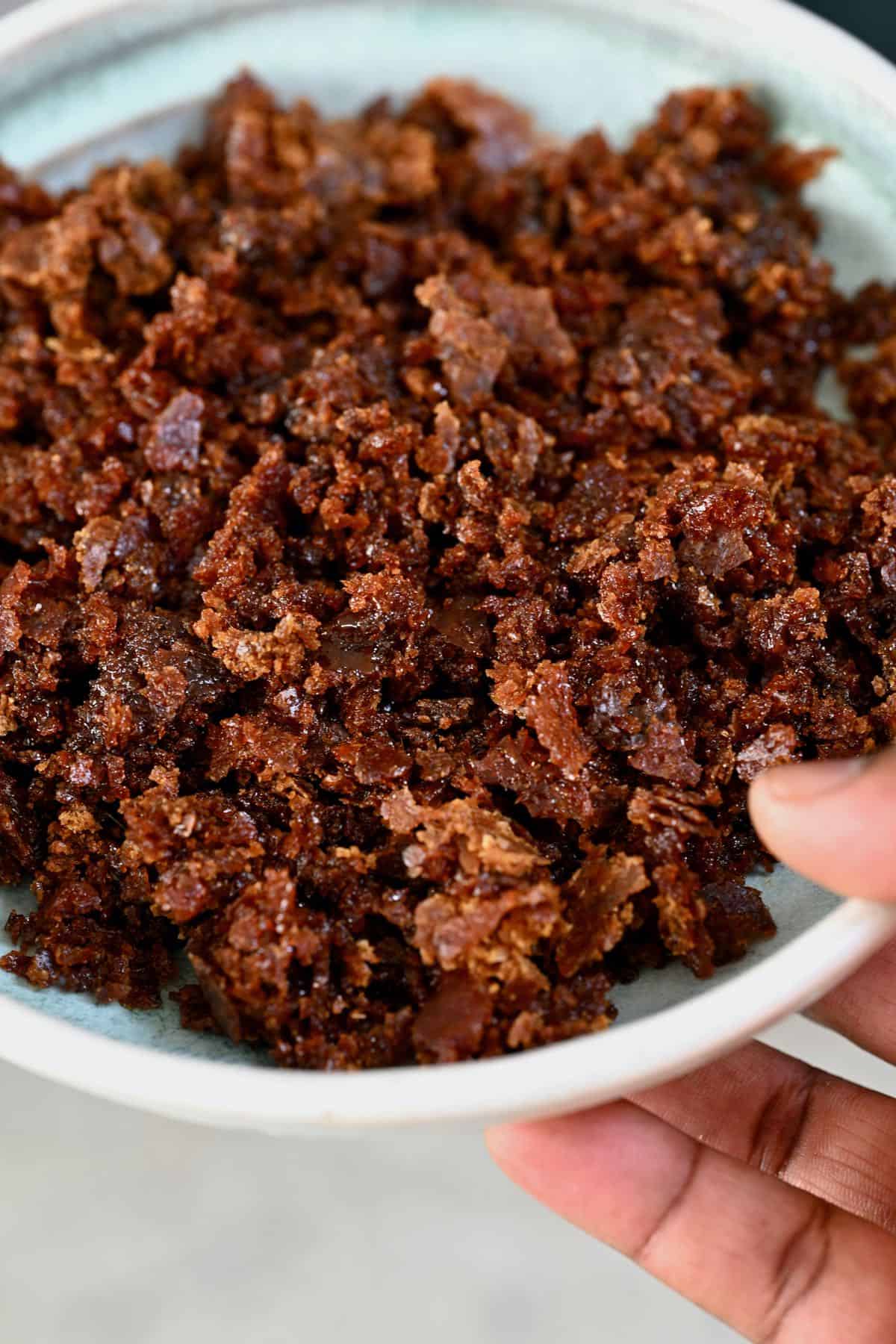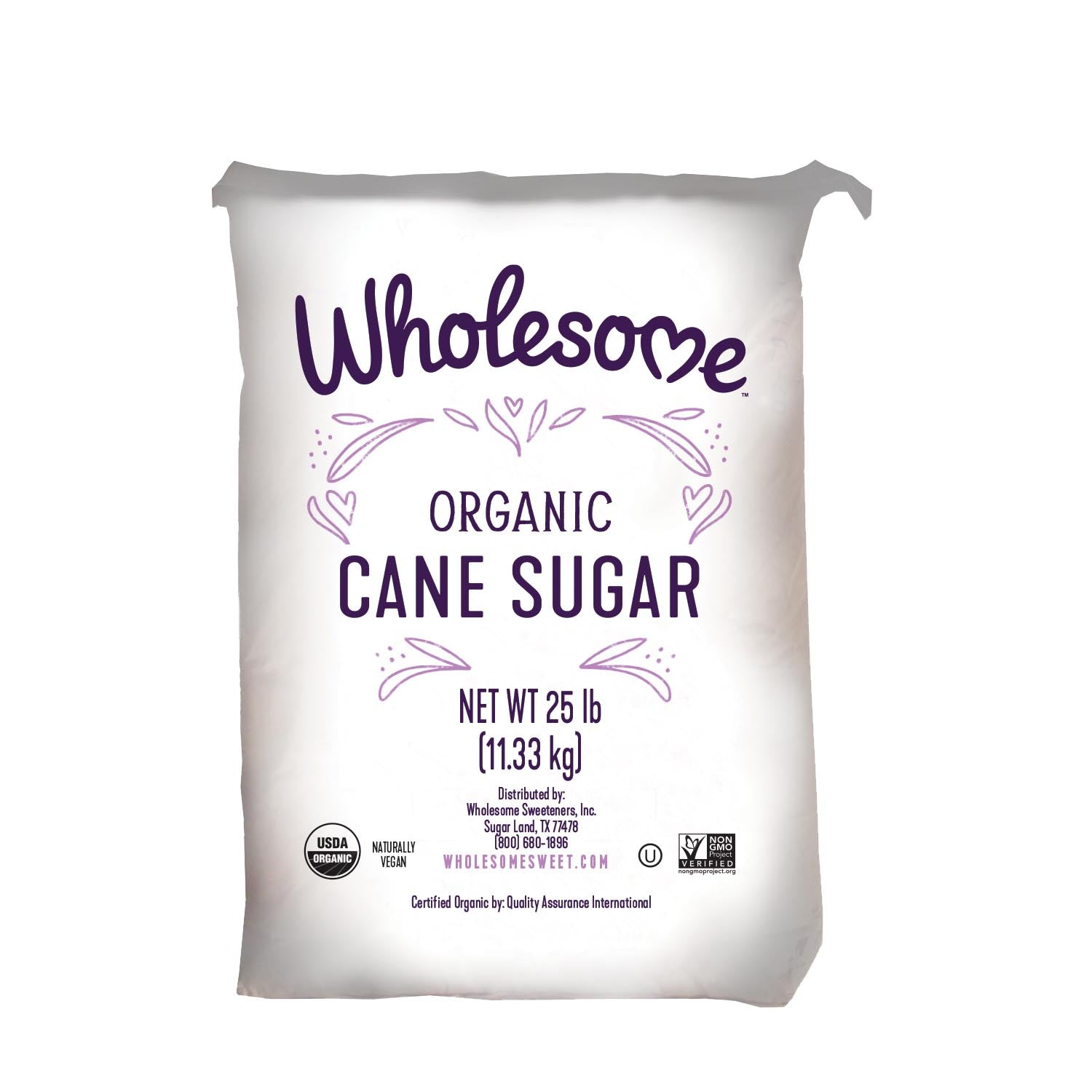Advanced Cane Sugar Processing: Enhancing Effectiveness and Sustainability
Advanced Cane Sugar Processing: Enhancing Effectiveness and Sustainability
Blog Article
Exploring the Comprehensive Tips Associated With Walking Cane Sugar Handling From Collecting to Refinement
The procedure of walking cane sugar production incorporates a collection of detailed steps, starting with the cautious harvesting of sugarcane and culminating in the refinement stages that make sure the last item fulfills sector standards. Each phase, from the removal of juice to the filtration and crystallization procedures, plays an important role in determining the top quality and character of the sugar. Understanding these stages not just highlights the intricacy of sugar manufacturing but additionally increases critical concerns concerning performance, sustainability, and technology in the market. What implications do these factors have for future methods?
Harvesting Sugarcane
Collecting sugarcane is an essential action in the walking stick sugar processing chain, as it directly influences the high quality and return of the end product. Correct timing and strategies are necessary during this phase to ensure optimum sugar material and minimize losses. Normally, sugarcane is harvested when it gets to maturation, normally 12 to 18 months after growing, defined by a high sucrose concentration.

Post-harvest, the sugarcane needs to be processed quickly to avoid sucrose deterioration. Ideally, collected walking cane ought to be transferred to refining centers within 24 hr to preserve sugar top quality. Consequently, effective logistical planning is important to maintain the honesty of the gathered plant throughout the supply chain.
Removal Refine

The smashed walking stick goes through a series of pushing procedures to maximize juice recovery. Normally, warm water is splashed onto the crushed walking stick, creating a countercurrent flow that helps liquify the sugar while likewise assisting in the extraction process. The juice collected from this operation contains not only sugar but also numerous natural substances and pollutants.

To enhance extraction performance, some facilities might employ diffusion methods, where the sugarcane is taken in warm water, permitting the soluble sugars to diffuse into the fluid. The resulting juice, rich in sucrose, is after that directed to succeeding handling phases, laying the structure for filtration and improvement. The extraction process is thus pivotal in identifying the top quality and yield of the final sugar item.
Filtration Methods
The purification strategies used in walking stick sugar processing are important for transforming the raw juice right into a high-quality sugar item. These techniques mostly intend to remove impurities, such as soil, plant products, and not natural compounds, which can adversely influence the final product's flavor and shade.
One of one of the most usual filtration strategies is clarification. This procedure involves including lime and warmth to the raw juice, which facilitates the coagulation of contaminations. The resulting precipitate is then removed via sedimentation or purification, producing a more clear juice. Furthermore, making use of phosphoric acid can improve the clarification procedure by additional binding contaminations.
One more substantial method is carbonatation, where co2 is presented to the cleared up juice. This reaction generates calcium carbonate, which catches remaining impurities and advertises their removal.
Moreover, triggered carbon treatment may be used to adsorb any staying colorants and natural pollutants, ensuring a more refined product. The combination of these approaches efficiently prepares the sugar juice for succeeding steps in the refining process, setting the phase for the manufacturing of top notch cane sugar.
Condensation Techniques
After the filtration phase, the next crucial action in cane look at this website sugar handling includes formation methods, which play a critical duty in changing the cleared up juice right into strong sugar. This procedure generally utilizes two main approaches: spontaneous crystallization he said and regulated condensation.
In spontaneous formation, supersaturated sugar solutions are allowed to cool normally, causing the development of sugar crystals over time. This method is less complex however may cause irregular crystal dimensions and reduced purity levels. On the other hand, regulated condensation is a more specific strategy where focus, seeding, and temperature agents are diligently handled. This method permits the uniform development of sugar crystals and higher purity.
Throughout formation, the cleared up juice is focused via evaporation, enhancing its sugar content until it reaches supersaturation. When this factor is achieved, either technique can help with the crystallization process. Cane Sugar Processing. The resultant sugar crystals are then separated from the remaining syrup via centrifugation
Ultimately, the option of formation method influences the high quality, size, and pureness of the last sugar item, making this action crucial in the overall walking stick sugar processing treatment.
Refinement and Product Packaging
Just how can the purity and top quality of walking stick sugar be additionally enhanced after formation? The improvement procedure plays a vital role in achieving top notch cane sugar.
Next, the sugar goes through a process called centrifugation, where it is spun at broadband to divide the cleansed sugar crystals from the remaining liquid. After centrifugation, the sugar is commonly more fine-tuned through an approach called carbonization or phosphatation, which uses triggered carbon or phosphoric acid to eliminate color and off-flavors.
When improved, the sugar is dried to attain the desired dampness material, guaranteeing that it stays steady during storage and transport. The final action go right here includes packaging the polished sugar in airtight and moisture-proof containers to preserve its top quality and stop contamination. Cane Sugar Processing. Proper product packaging not just expands rack life however additionally facilitates simple handling and distribution, guaranteeing that customers receive sugar that fulfills the highest possible standards of pureness and quality
Conclusion
The detailed steps included in cane sugar handling, from the meticulous harvesting of sugarcane to the complex refinement and packaging phases, underscore the significance of each stage in making sure top notch sugar manufacturing. Ideal harvesting methods, effective extraction techniques, and rigorous filtration processes collectively add to the end product's pureness and stability. The formation and subsequent product packaging techniques better enhance the integrity and service life of the sugar, highlighting the intricacy and precision integral in this necessary farming sector.
The process of walking stick sugar production incorporates a series of elaborate steps, starting with the careful harvesting of sugarcane and culminating in the improvement stages that ensure the last item meets industry criteria. Preferably, collected walking cane must be moved to refining facilities within 24 hours to maintain sugar top quality.In spontaneous crystallization, supersaturated sugar options are enabled to cool down naturally, leading to the development of sugar crystals over time - Cane Sugar Processing. The improvement procedure plays an important duty in achieving top notch walking stick sugar.The comprehensive actions entailed in walking stick sugar processing, from the meticulous harvesting of sugarcane to the elaborate refinement and product packaging phases, highlight the relevance of each stage in guaranteeing top quality sugar manufacturing
Report this page